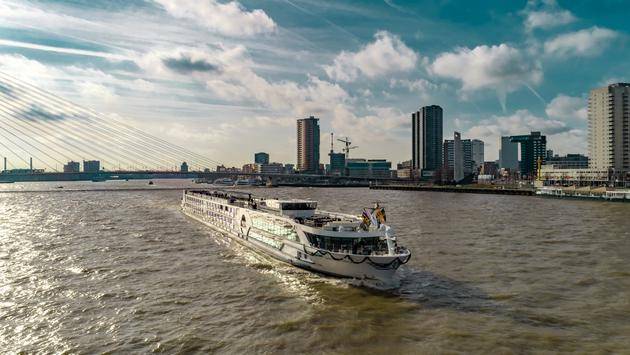January 28,2022
Hawaii’s Testing Debate Continues as Reopening Date Approaches
by Bin Xu
After many months’ delay, Hawaii’s Governor David Ige has set the Aloha State’s tourism reopening date and the launch of its pre-travel testing program for October 15. At that point, the plan is to allow arrivals to come to Hawaii without quarantining, provided that they can produce negative results of a COVID-19 PCR test taken within 72 hours of travel.
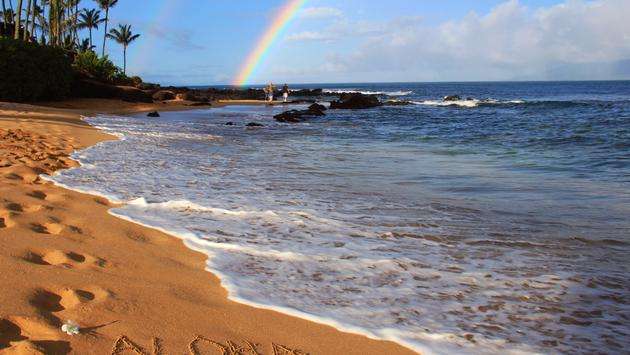
However, several island mayors and health officials fear that this policy won’t prove enough to prevent another surge of cases from gripping Hawaii, which would potentially trigger another shutdown by year’s end, according to local outlet KHON2 .
Senators Donovan Dela Cruz, Jarrett Keohokalole, Michelle Kidani, Donna Mercado Kim, Sharon Moriwaki and Kurt Fevella reportedly sent a letter to Governor Ige on October 1, requesting that, “traveler arrival testing be implemented at all Hawaii airports receiving direct flights.” It stated, “We are concerned that the 72-hour pre-test and on-arrival temperature screening will not provide adequate vetting of infected travelers and will catch less than 60 percent of travelers to our islands.”
The letter’s joint authors cite Dr. Jonathan Dworkin of Queen’s Health System and Kuakini Medical Center’s Dr. Darragh O’Carroll, who, “agree that, without additional arrival testing, we will be putting our residents and visitors at-risk. They believe, if we depend solely on a 72-hour pre-test, that even if a resident caught this virus three days prior to the test, it has almost 100-percent chance of being a false negative.”
Honolulu Councilmember Tommy Waters also sent a letter last week, which echoed the same concerns. The Senators said that they understand the importance of restarting the local economy, but that it, “must be balanced with prudent and cautious prevention and mitigation protocols. The current plan will cause a surge of infected residents and visitors by Thanksgiving, which forces us to return to economically and morally bankrupt lockdowns.”
They’re requesting that the plan be amended to include a shorter, six-day quarantine and requiring a second test performed on the sixth day before travelers are allowed to roam the islands freely. Alternatively, they asked that the state government coordinate with airlines to separate passengers who have pre-tested and those that haven’t into separate cabins or onto separate flights.
Hawaii’s Lieutenant Governor Josh Green disagrees, arguing that the pre-testing program will catch the majority of COVID carriers. His primary concern is reopening the tourism sector to restart a major component of the islands’ economy after nearly seven months’ hiatus. He said that mayors should do a better job of enforcing mask-wearing and social-distancing policies, pointing to these as the best ways of preventing viral spread. “It’s a fallacy that tourists are the biggest risk,” he said. “The risk is not wearing masks and not adhering to social distancing.”
Green’s recommendation is to rely on the pre-arrival testing program and using strategic surveillance to identify individuals for additional testing. He says that the state only has around 4,000 tests available daily, which is well below the 8,000 to 10,000 daily arrivals that are anticipated once Hawaii reopens. He also fears that implementing a six-day quarantine would deter visitors from coming at all, since it would force most to spend the majority of their vacation quarantined.
An ER physician working in the trenches in Honolulu, Dr. Darragh O’Carroll, believes that Green’s previously stated prediction of only one in 1,000 travelers coming to Hawaii COVID-positive and slipping through the pre-testing program is an underestimation. Testing once, 72 hours ahead of time, he said, actually detects just 40 percent of infections, as opposed to the 80 percent previously claimed.
He explained that it takes at least three days after contracting the virus for the body to increase its viral load, though it could take up to 11 days for some. “That’s why we have our 14-day quarantine,” he explained. It also takes an infected person five to six days to develop symptoms, though 40 percent of them never do,” O’Carroll said.
“If 8,000 people are coming per day, that’s at least 32 that are slipping by our current plan per day. If you multiply that by 30, that’s 960 that are slipping by,” O’Carroll said.
“Without additional testing, by Thanksgiving or sometime in December, we would be in pretty dire straits and looking at shutting down,” he continued. “I understand the need to open up and the economic need, but what we need to consider is that our small businesses cannot survive another reopening and shutting down.”
Leave a Reply
Please sing in to post your comment or singup if you dont have account.
Favorite articles
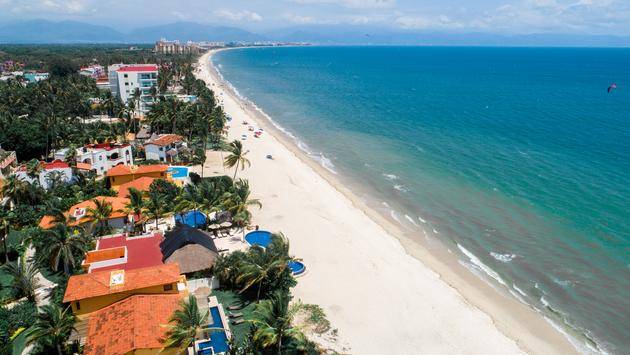
Riviera Nayarit Consolidates Air Connectivity With New Routes
January 03,2022
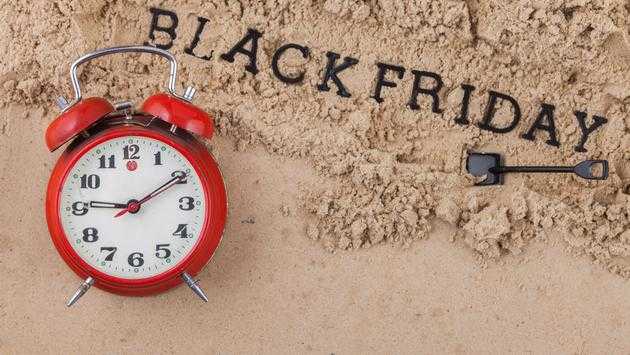
Looking for a Black Friday Deal? Try Summer 2021 Travel
December 30,2021
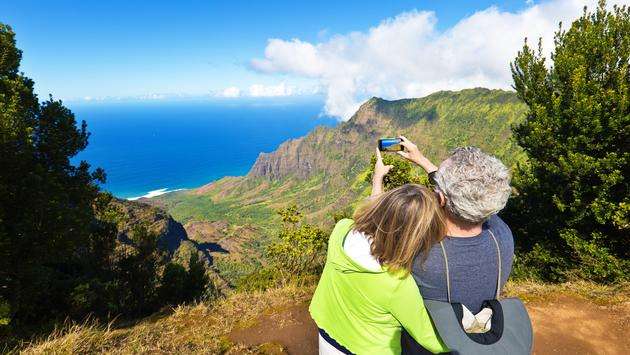
Kauai Drops Out of Hawaii’s Pre-Travel Testing Program
December 28,2021
Most popular articles
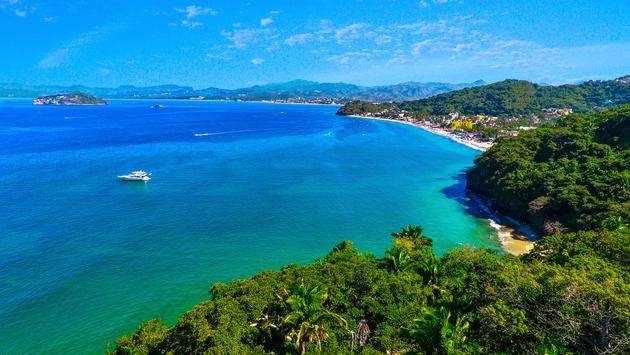
Riviera Nayarit Proves Resilience With New Hotel Openings
January 04,2022
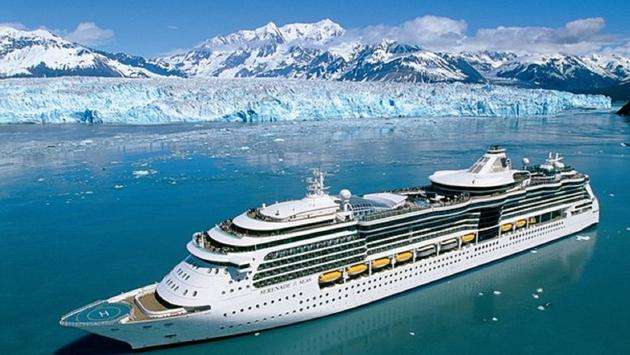
Large Cruise Ships Return to Alaska
December 29,2021

How to Score Free Disney World Theme Park Tickets in 2021
December 26,2021

Hotel Xcaret Arte To Make Its Debut in July 2021
December 25,2021
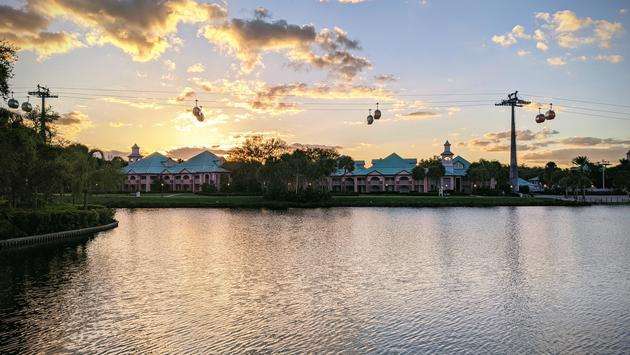

Families Can Virtually Visit Santa With Finnair
December 20,2021
Popular articles

Public Donates More Than $100K To Harassed Hotel Worker
January 02,2022
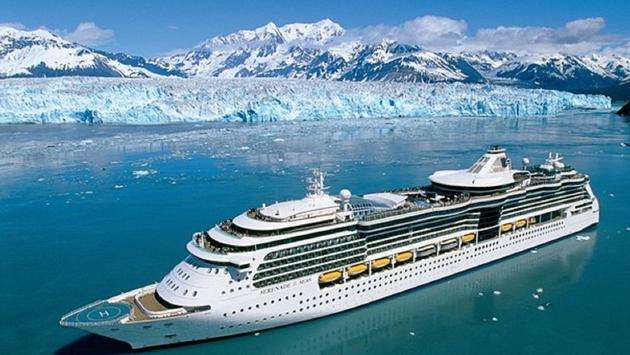
President Biden Signs Law To Restart Cruising in Alaska
January 01,2022
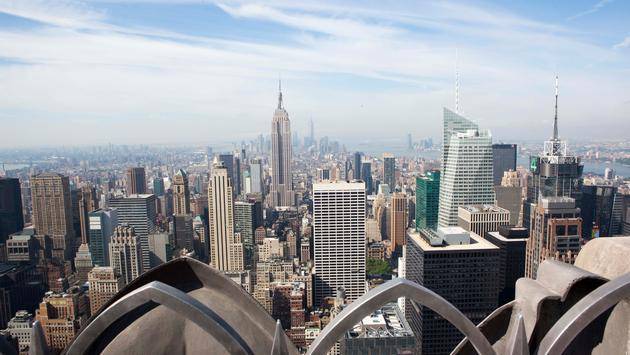
New Proposal Would Create 24-Hour Nightlife Zones in New York City
December 31,2021

Holland America Line Launches 'BIG' Wave Season Offer
December 23,2021
Categories
Favorite articles
Riviera Nayarit Consolidates Air Connectivity With New Routes
January 03,2022
Looking for a Black Friday Deal? Try Summer 2021 Travel
December 30,2021
Kauai Drops Out of Hawaii’s Pre-Travel Testing Program
December 28,2021
Most popular articles
Riviera Nayarit Proves Resilience With New Hotel Openings
January 04,2022
Large Cruise Ships Return to Alaska
December 29,2021
How to Score Free Disney World Theme Park Tickets in 2021
December 26,2021
Hotel Xcaret Arte To Make Its Debut in July 2021
December 25,2021
Families Can Virtually Visit Santa With Finnair
December 20,2021
Popular articles
Public Donates More Than $100K To Harassed Hotel Worker
January 02,2022
President Biden Signs Law To Restart Cruising in Alaska
January 01,2022
New Proposal Would Create 24-Hour Nightlife Zones in New York City
December 31,2021
Holland America Line Launches 'BIG' Wave Season Offer
December 23,2021

